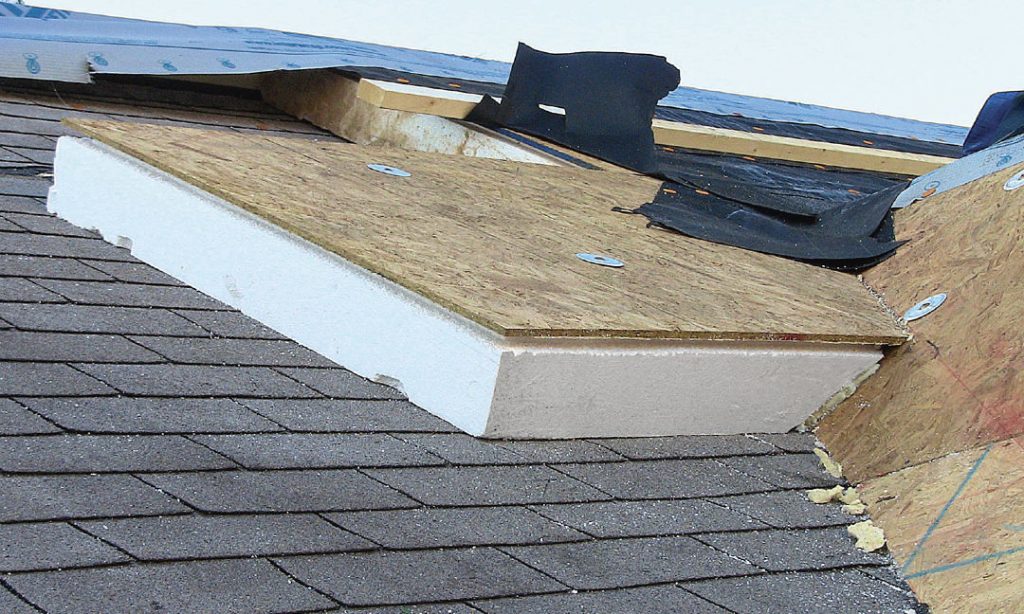
In the realm of roofing systems, the concept of ventilation has long been a topic of discussion. However, recent advancements in construction technology have challenged the traditional belief that all roofs require ventilation. This blog post aims to delve into the fascinating world of warm roofs and explore why they do not need ventilation. By understanding the science behind this phenomenon, homeowners and professionals alike can make informed decisions when it comes to roof design and construction.
- The Purpose of Roof Ventilation:
Before we dive into the reasons why warm roofs do not require ventilation, let's first understand the purpose of roof ventilation in traditional roofing systems. Ventilation is primarily aimed at preventing moisture buildup and regulating temperature within the attic space. It allows for the exchange of air, removing excess heat and moisture, which can otherwise lead to various issues such as condensation, mold growth, and structural damage. - The Concept of Warm Roofs:
Warm roofs, on the other hand, are designed to eliminate the need for ventilation by creating a continuous thermal barrier. This barrier prevents the formation of cold spots and thermal bridging, which are common in traditional roofing systems. By keeping the entire roof structure at a consistent temperature, warm roofs effectively eliminate the conditions that promote moisture buildup and subsequent issues. - Insulation and Vapor Control Layers:
The key components of a warm roof system are insulation and vapor control layers. Insulation materials, such as rigid foam boards or spray foam, are installed directly under the roof covering. These materials provide excellent thermal resistance, effectively minimizing heat transfer between the interior and exterior of the building. Additionally, a vapor control layer is incorporated to prevent moisture from entering the roof structure. - Benefits of Ventilation-Free Warm Roofs:
4.1 Enhanced Energy Efficiency: By eliminating ventilation, warm roofs significantly improve energy efficiency. The continuous thermal barrier minimizes heat loss during colder months and reduces the need for excessive cooling during warmer months, resulting in lower energy consumption and utility bills.
4.2 Moisture Control: Warm roofs effectively prevent moisture buildup, condensation, and mold growth. The absence of cold spots and thermal bridging eliminates the conditions that promote these issues, ensuring a healthier and more durable roof structure.
4.3 Design Flexibility: Ventilation-free warm roofs offer greater design flexibility compared to traditional roofing systems. Without the need for ventilation channels, architects and builders have more freedom to create unique and aesthetically pleasing roof designs.
Conclusion:
In conclusion, warm roofs, with their insulation and vapor control layers, provide an innovative solution to the challenges posed by traditional roof ventilation. By eliminating the need for ventilation, warm roofs enhance energy efficiency, control moisture, and offer design flexibility. Understanding the science behind this concept empowers homeowners and professionals to make informed decisions when it comes to roof construction. Embracing the advancements in roofing technology, ventilation-free warm roofs pave the way for a more sustainable and resilient future in the construction industry.






